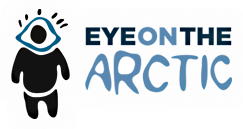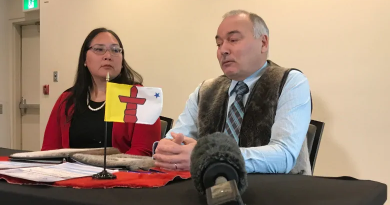Nunavut looks for new solutions after again declaring suicide crisis
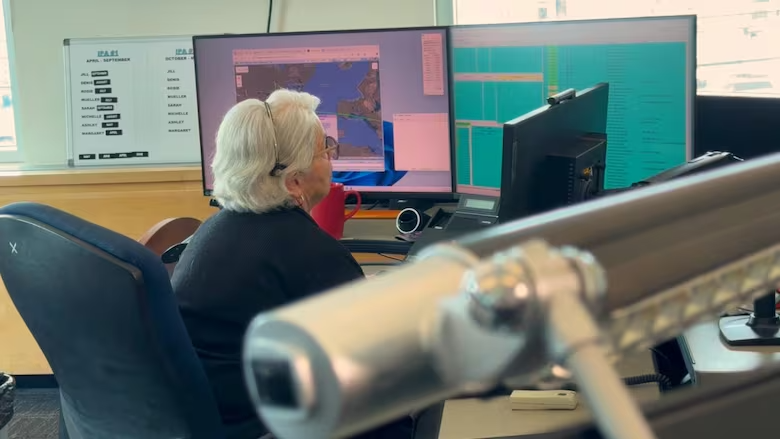
Suicide prevention is about more than just counselors, says one territorial official
WARNING: This story discusses suicide.
Victoria Madsen, Nunavut’s assistant deputy minister of health, admits she was initially skeptical when she found out a few years ago about all the territorial funding allocated for some community initiatives.
She questioned what music classes, sports or fishing derbies had to do with suicide prevention.
However, she soon realized what those events can mean to people.
“All year they practice, they look forward to it. It’s a community event. It’s part of the community’s identity,” she said.
Now, Madsen encourages Nunavut’s hamlets to apply for that funding, to help create those safe spaces and build stronger community ties.
She also says there’s no one single solution to suicide prevention, and that it’s about more than just hiring more counselors – which is why Nunavut is still faced with a suicide crisis, 10 years after it was first declared.
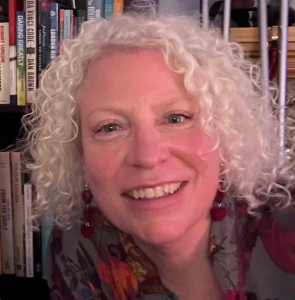
At a news conference in 2022, Inuit Tapiriit Kanatami president Natan Obed estimated suicide rates in Inuit Nunangat to be five to 25 times higher than the rate in the rest of Canada.
In June, the Nunavut government again declared suicide a crisis in the territory. And last month, some of the partners in the territory’s fourth suicide prevention action plan convened to talk about the next steps.
Sgt. George Henrie, the RCMP’s community policing officer in Nunavut, was among those in attendance. He said one concern that he took away from the meetings is the apparent gap between elders and youth. He believes youth today face different pressures with the advent of social media.
“With the loss of language and some cultural disconnect, it makes it hard for a grandparent and elder to help give advice,” he said.
“I believe that as we try to come up with a strategy to help them, it’s going to have to evolve with the times.”
Suicide prevention more than just seeing a counselor
Madsen said she often hears people calling for more counselors and mental health staff when it comes to suicide prevention. There’s a place for that, she says, but she also believes it’s about creating safe and supportive living environments.
That could involve teaching children coping skills while they’re young, reducing the rates of overcrowding in homes, or helping people heal from trauma.
“If they’re going back to a home that’s not safe or has high addiction in that home, or if there’s domestic violence, seeing a counselor every few days isn’t going to change that,” she said.

Jasmine Redfern, the Amautiit Nunavut Inuit Women’s Association president, says she is heartened to see suicide being more openly talked about today, compared to when she worked on suicide prevention for Nunavut Tunngavik Incorporated, in the 2010s.
She says an unsafe home environment is a major risk factor for suicide as it can create a feeling of helplessness.
With violence, she believes there are two truths to acknowledge: how it’s influenced by intergenerational trauma, but also how that isn’t an excuse for inflicting harm on others.
“It’s important to be able to name when inappropriate coping strategies or behaviours are happening, without causing shame … and encouraging them toward better choices,” she said.
That involves pointing both the perpetrators and victims of violence to the services and support available, which she believes is everybody’s responsibility.
RCMP first port of call in mental distress
Even in non-violent situations, RCMP are often the first port of call when someone is in mental distress. Sgt. George Henrie said the police are among the few agencies in Nunavut available 24/7.
“Some people might think that they’re [the police and family members] punishing the person that might be struggling with mental health … there might be some fear of retaliation, anger or resentment,” he said.
However, Henrie still urges people to call the police if they don’t know where to get help. He said Nunavut RCMP officers do get additional training on how to respond to mental health crises, and they’re taught that jail shouldn’t be the only option for someone in distress.
In 2021, there were 2,872 mental health-related calls to the Nunavut RCMP, 3,019 in 2022, 3,246 in 2023 and 3,066 last year. For context, that’s among the roughly 38,000 service calls RCMP receive each year.
In other parts of Canada, there are response models for people in distress which rely less on police. In Nunavik, there is Saqijuq’s mobile intervention team, which pairs police officers with social workers to respond to certain calls. In Canada’s largest city, a community crisis service funded by the City of Toronto is now operating in all parts of the city.
Madsen said the Nunavut government and the RCMP had previously explored the possibility of a different crisis response model where police aren’t the default responders. However, they found that many calls about people in distress often involved someone who is intoxicated, which would require police support.
Madsen said RCMP can still ask for help from local mental health nurses if a person in distress is known to local health workers, and they’re pushing to have more Inuktitut speakers to respond to calls.
Monitoring people at risk
To track cases of people with suicidal ideation, Madsen said there is an ongoing pilot for a mental health surveillance system in place in roughly half a dozen communities.
That system documents people who present to a health centre with suicidal ideation, but that system relies on somebody coming forward.
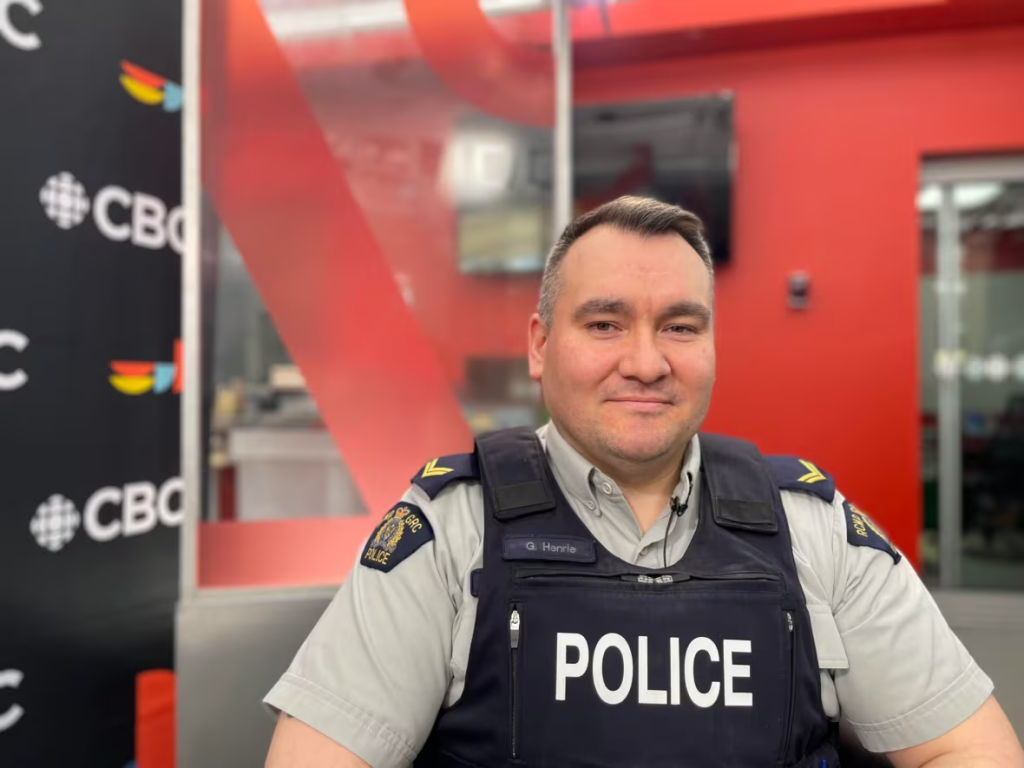
However, Madsen said there are also outreach workers and youth facilitators involved in community programs across the territory. They are also tasked with following up with youth who present struggles, which Isaksimagit Inuusirmi Katujjiqatiggit (Embrace Life Council) then follows up on.
“They’re very good at educating just the public on, if you think someone has suicidal ideation, this is how you can try to help them,” she said.
A lot of this work falls on territorial institutions, but she said everybody has a collective responsibility to look out for each other.
“We need the communities to see what they need, what will bring them together, what will give the kids a sense of hope and purpose.”
If you or someone you know is struggling, here’s where to look for help:
- In Nunavut and Nunavik, reach the Kamatsiaqtut Help Line 24/7 at 1-800-265-3333 or 867-979-3333.
- Talk Suicide Canada: 1-833-456-4566 (phone) | 45645 (text between 4 p.m. and midnight ET).
- Hope For Wellness Helpline: 1-855-242-3310 (phone, available in Inuktitut, Cree and Ojibway upon request).
- Kids Help Phone: 1-800-668-6868 (phone), live chat counselling on the website.
- Canadian Association for Suicide Prevention: Find a 24-hour crisis centre.
Related stories from around the North:
Canada: N.W.T. MLAs call on government to take immediate action on suicide prevention, CBC News
Finland: Climate change worries Finland’s young reindeer herders, Yle News
United States: Craft space aims to teach Alaska Indigenous women skills — and help beat addiction, Alaska Public Media
